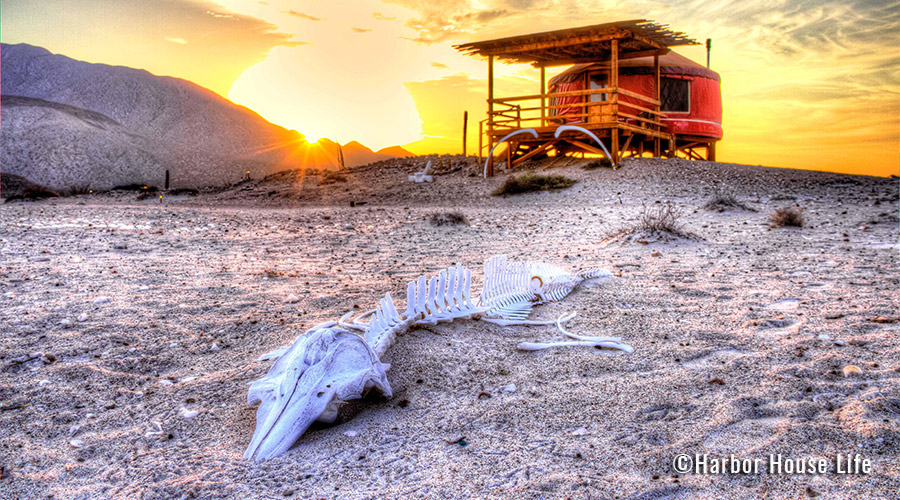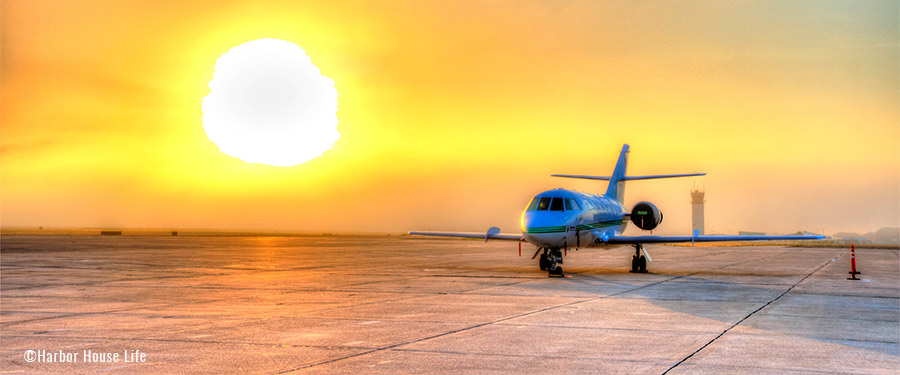
Reflections in Baja
It was August and the California sun had been relentless all summer. Many of the people I knew headed to cooler climates for their vacations, but I’ve never been one to hide from the warmth. I took the sun up on its challenge and headed to Baja, Mexico.
I took a small plane to a secluded spot. One of the appeals of visiting Baja is the short flight from California. I was excited to see the single dirt runway as we descended. This was my kind of place, off the grid and beautiful. After the flight, I took an hour and a half boat ride down to my home for the next few days. The only way to reach this small campsite was by boat, which further confirmed my impression that this would be a wonderful weekend of rustic solitude and adventure.
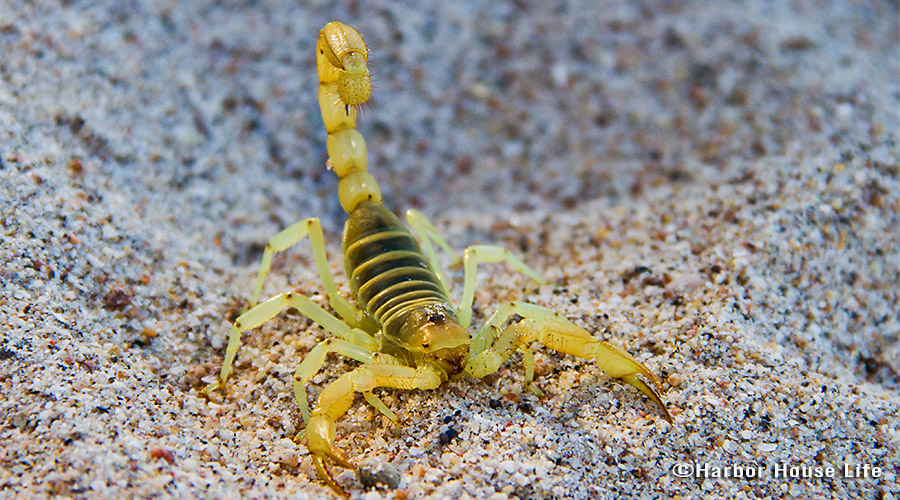
It was an isolated camp in a town called Punta El Alaeron, which translates to “Scorpion Point”, and yes it did live up to its name. There were scorpions everywhere. The coast was lined with a few sturdy tents called yurts. The heat inside the thickly lined yurts was harsh. Luckily, I was exhausted from the trip, and slept through the night regardless. I rested up from the trip and woke at dawn, anxious for a great day at sea.
Surrounded by cactus forests; our destination was a quiet and charming seaside village. Above water, there wasn’t a lot going on. There was an abalone farm, and a group of fisherman netting for squid.
This area of sea is abundant with sea life, with a multitude of reef fish and all types of predator fish, such as Groupers, Roosterfish, Mahi Mahi and Yellowtail. The visibility here was limited which made for a challenging dive. To even see many of the fish here, I needed to be able to dive at least 70 feet, and hold my breath for 2 minutes. I’d trained very hard to be a good free diver, but this was pushing me to my limits. After a few warm-up dives, I started to get the hang of it, and I was able to get a better look at the diverse sea life of the Sea of Cortez.
One of the most common encounters I had was with the Pargo Amarillo, otherwise known as the Yellow Snapper. These Baja native fish grow to around 25 inches long, and usually weigh around 6 pounds. The reef of the Sea of Cortez is a perfect environment for them, because they like to swim very deep below the surface. It was amazing to see the vivid yellow fish swimming around so freely, in such an unspoiled and clean environment.
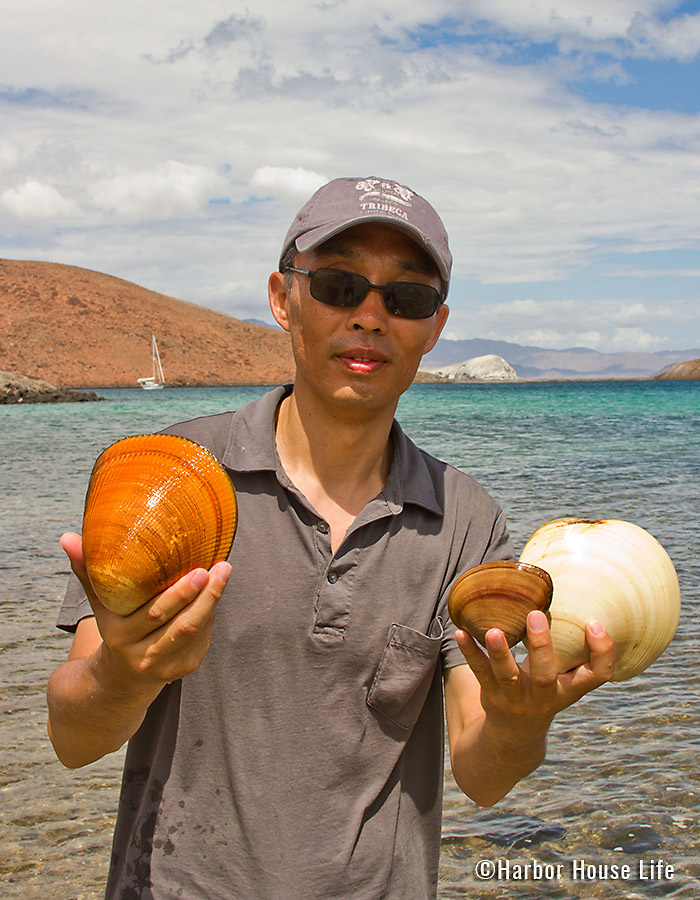
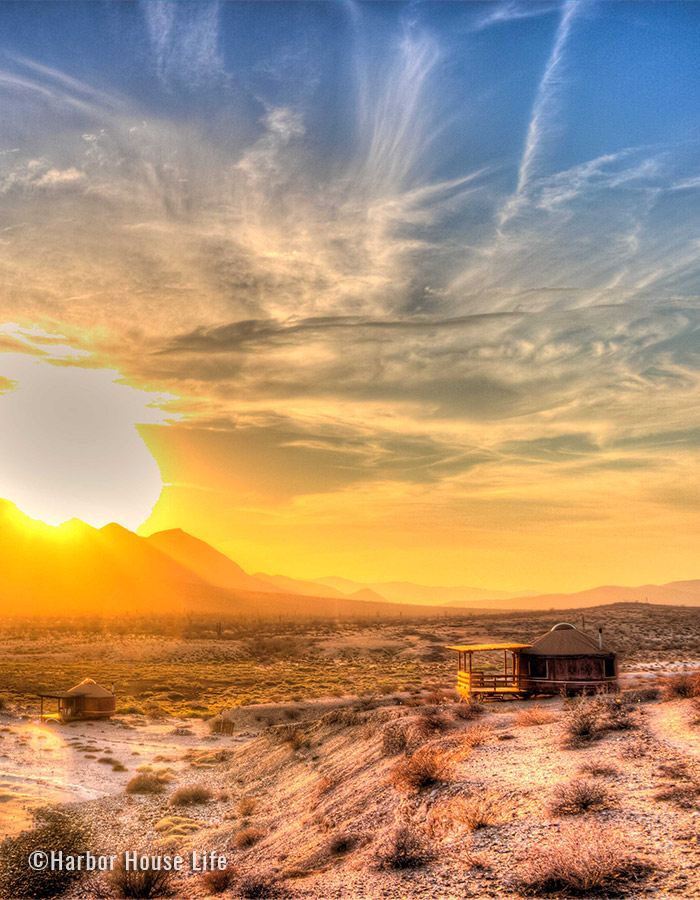
One of the things I was most excited for about Baja was the fresh food. It was a forager’s paradise. The first thing I was able to harvest was the fresh oysters. I felt so in touch with nature and history as the only tool I used to pry the oysters off of the boulders was a small, sharp rock. These were some of the most fresh, sweet oysters I’ve ever had, and well worth the hard work I put in, rushing to gather them before the high tide came back in.
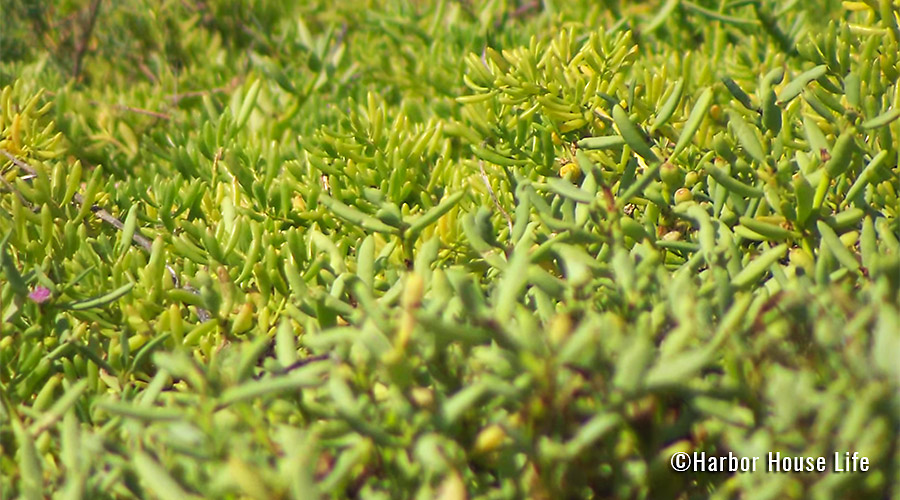
While I was there, a local guide led me along a dirt path and showed me the native plants, many of which were edible. My favorite was Pickleweed, also known as sea beans, or sea asparagus. Its nicknames should give you a good idea of its taste. When you bite into them, they snap in your mouth, much like a fresh pod of snap peas. They are salty and tangy, and I found them to be a perfect topping for the fish tacos I ate later that afternoon. They added a fantastic crunch to the tender whitefish and soft tortillas, and their flavor blended perfectly with the lime juice I’d cooked with.
Baja was everything I had been craving and more; great food, lavish reef, mind-blowing marine life, and the perfect amount of solitude needed for self-reflection. If there was ever a place for a unpretentious, unobtrusive vacation, it was here. It was the perfect blend of connecting with nature and spirit, which is what I’m always looking for during my adventures.
